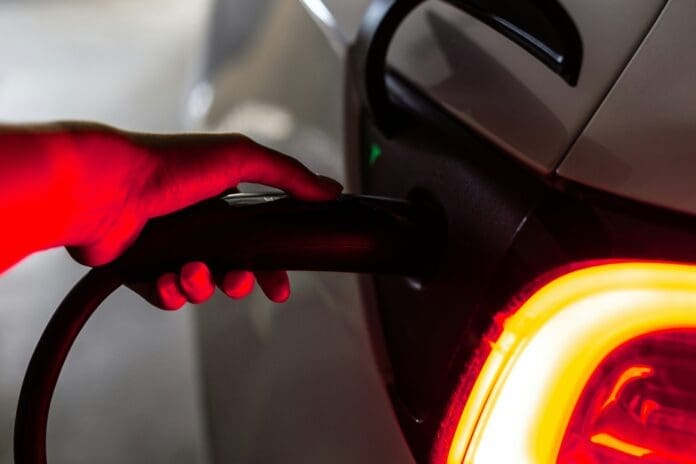This post is also available in:
 עברית (Hebrew)
עברית (Hebrew)
A new dry transfer printing technique developed in South Korea has significantly improved the durability and safety of lithium-metal batteries, a key technology for future high-energy storage systems. The advancement could help pave the way for safer, longer-lasting batteries in electric vehicles and large-scale energy storage infrastructure.
According to the press release, the research, carried out at the Korea Research Institute of Chemical Technology (KRICT), targets a critical weakness in lithium-metal batteries: the formation of dendrites—needle-like structures that can grow during charging cycles, causing internal short circuits and even fires. These structures have long been a barrier to commercializing lithium-metal anodes, which offer far greater energy capacity than current lithium-ion technology.
To tackle this, the researchers replaced the traditional solvent-based coating process with a roll-to-roll dry transfer technique that avoids direct contact with reactive lithium surfaces. This method laminates a thin, pre-fabricated protective film—just 5 microns thick—onto the lithium using pressure rather than liquid solvents. Two types of protective films were tested: one using a dual layer of alumina and gold, and another combining ceramics (Al-LLZO) with polymers.
The results show a marked improvement in performance. Test cells with the protective coating retained over 81% of their original capacity after 100 charge-discharge cycles and achieved a Coulombic efficiency of 99.1%. In high-rate conditions—where the entire battery is discharged in under 10 minutes—capacity retention remained at 74%, indicating strong stability even under demanding use.
Beyond lab-scale feasibility, the researchers demonstrated that the process can be scaled up. Protective films were successfully applied over large battery sheets measuring 245 by 50 millimeters—an important step toward industrial deployment.
This approach offers a practical path forward for integrating lithium-metal anodes in solid-state and lithium-sulfur batteries, both of which require high energy density but have struggled with safety and reliability. The method’s compatibility with existing manufacturing infrastructure could further support its adoption.


























